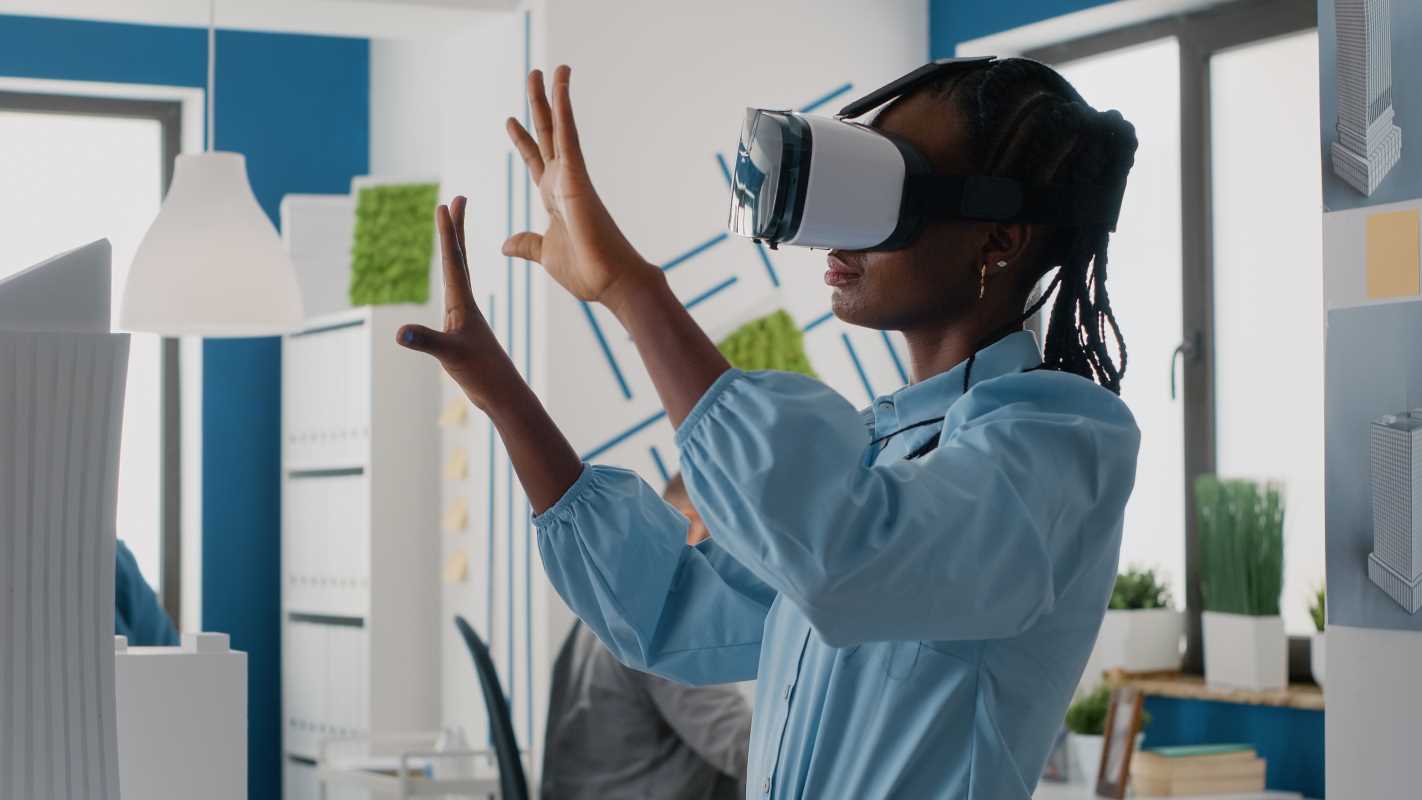Many people struggle to get meaningful work done when interruptions constantly pull attention away. By making simple changes to your workspace and daily habits, you can create conditions that support longer periods of concentration. This guide explains practical ways to minimize distractions, communicate your need for quiet time, and organize your surroundings so you are more likely to reach a productive state. Discover how small adjustments can help you gain better control over your focus and accomplish more without feeling overwhelmed by constant disruptions.
Ground these tactics in real habits and small tweaks. You’ll start spotting pitfalls in your own setup and swap them out for solutions that stick. Let’s dive into actionable moves you can apply today.
Identify and Eliminate Common Distractions
Visual Clutter
- Empty surfaces help clear your mind.
- Remove old papers, gadgets, and souvenirs that don’t support your current task.
- Aim for a blank desk or just a notebook and pen.
- Research: A 2011 Princeton University study showed clutter sabotages focus by overloading your brain’s processing ability.
Digital Interruptions
- Turn off nonessential phone and computer notifications.
- Replace constant email pings with scheduled checks every two hours.
- Use a website blocker to restrict social media or news sites during core work blocks.
Ambient Noise
- Pair noise-canceling headphones with an instrumental playlist.
- Choose between full silence or a gentle lo-fi hum.
- Adjust volume until background noise recedes and you feel insulated.
Task Switching
- Avoid multitasking—finish one item at a time.
- Capture side thoughts in a “later” list to revisit afterward.
- Notice how tasks flow faster when attention stays focused.
Track your interruptions over a week to identify which distractions occur most often. Write down the time, type of distraction, and how long it took you off course. This information helps you turn vague irritants into clear targets for removal.
When you recognize patterns—such as an afternoon slump when notifications flood in—you can set rules to block those distractions during work hours.
Create Your Perfect Workspace Layout
- Desk placement
- Position your desk near natural light if possible. Studies show daylight can boost productivity by up to 18%. Face your desk away from high-traffic zones in your home to avoid passing interruptions.
- Ergonomic setup
- Adjust your chair height so your elbows rest at 90 degrees. Keep your monitor at eye level to reduce neck strain. A simple footrest or laptop stand can make a big difference during long sessions.
- Dedicated zones
- Set up separate areas for brainstorming, digital work, and breaks. A small whiteboard on a side wall can serve as a quick sketch station. A corner nook with a comfy chair works well for reading or reflection.
- Personal touch
- Add one or two meaningful items—like a plant or an inspiring print—to humanize the space without cluttering it. Greenery can improve air quality and lift your mood.
Sketch your room layout on paper and try different furniture arrangements. Moving your chair or shifting a shelf might eliminate glaring distractions you haven’t noticed before.
Invest in a small LED lamp with adjustable color temperature. It allows you to switch from bright white to warm amber, helping you stay alert in the morning and wind down in the evening.
Use Technology and Tools Effectively
Select apps that suit your workflow rather than forcing your workflow to fit an app. Use a simple task manager if you only have a few priorities. For managing teams or projects, choose a platform that syncs tasks, files, and deadlines in one place.
One entrepreneur reduced her meeting prep time by 30% by creating a template in Notion for each recurring call. Another blocked social media apps on her laptop with a free extension during focus periods and cut her email sessions from an hour to fifteen minutes.
Try an auto-focus timer like Forest. It grows a virtual tree while you work and kills it if you leave the app. Seeing this progress encourages you to keep working.
Divide Your Day with Time-Blocking and Focus Sessions
Break your day into specific blocks: creative work, routine admin, team calls, and buffer time. Mark each one on your calendar and stick to those boundaries. This approach divides tasks into predictable segments and prevents drifting.
Follow the 52/17 rule: work for 52 minutes, then take a 17-minute break. Harvard Business Review studied 10,000 workers and confirmed this ratio produces the highest productivity peaks.
Keep a running list of side tasks that come up. Instead of stopping your current work, write them down and return to your main task. Reviewing your list before starting the next session helps you prioritize better.
Review and Improve Your System Regularly
Check your setup every two weeks. Review your distraction log, calendar blocks, and noise levels. Make adjustments that fit your current projects and energy patterns.
Replace tools that feel clunky. If a new timer app or a minimalistic desk shelf energizes you, keep it. If something doesn’t feel right, remove it. Your environment should change alongside your goals.
Set aside time each month for a quick reset: organize loose papers, update your task list, and clear clutter zones. Spending 15 minutes on cleanup keeps your space tidy and your mind clear.
Follow these steps to establish focused work periods and protect them. Begin small, learn from the results, and adjust as needed. Over time, deep work becomes a regular habit rather than an occasional feat.
 (Image via
(Image via





